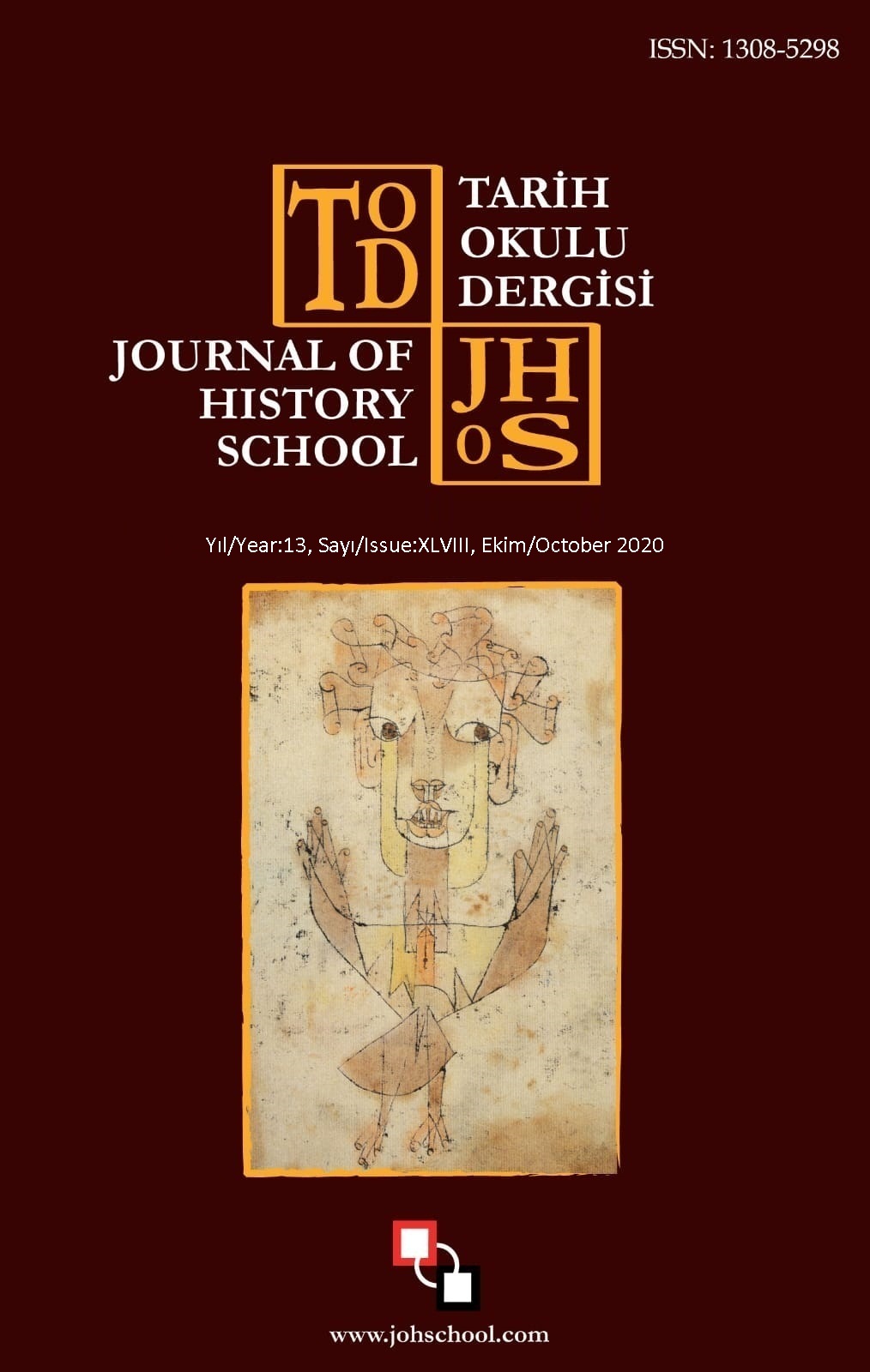Author :
Abstract
Osmanlı tarihinde sık sık yaşanan ve genellikle devleti dâhili ve harici tehlikeler ile karşı karşıya bırakan en mühim meselelerden birisi kuşkusuz taht için kardeş mücadelelerin yaşanmasıdır. Nitekim Osmanlı tarihinde yaşanan kardeş mücadelelerinin en belirgin ve dikkat çekici olanı Yavuz Sultan Selim’in taht mücadelesi olmuştur. Özellikle II. Bayezid’in saltanatının sonlarına doğru iyice yaşlanması ve bu süreç içerisinde hasta düşmesi devlet işlerinde bir takım aksaklıkların meydana gelmesine sebep olmuştur. Osmanlı tahtında meydana gelen bu aksaklığı gidermek için şehzadeler merkezden izin almadan harekete geçmiştir. Bu süreçte Selim, askeri mücadelenin yanı sıra stratejik açıdan da gösterdiği çabayla tahtın en büyük adayı ve sonrasında sahibi olmuştur. Çalışmanın temel amacı Selim ile kardeşleri arasında yaşanan taht mücadelesini yeni belgeler ışığında ele alıp konuyla ilgili daha önceki çalışmalara katkı sunmaktır. Bu doğrultuda Topkapı Saray Müzesi Arşivindeki daha önce kullanılmamış vesikaların yanı sıra mektuplardan da yararlanılmıştır. Mektuplar dışında konu bütünlüğünün sağlanması amacıyla kroniklerden ve ikinci el kaynaklardan faydalanılmıştır.
Keywords
Abstract
One of the most important issues that confronted the Ottoman State with internal and external dangers was undoubtedly the throne struggles. In this context, the most known and remarkable of the throne struggles in Ottoman history was the struggle between Yavuz Sultan Selim and his brothers. Especially, Bayezid's aging towards the end of his reign and the fall of the patient during the throne struggles between his sons caused some problems in the state affairs. The princes who benefited from these troubles in state administration took action without permission from the center, that is, from their fathers. In this process, Selim became the biggest candidate of the throne with military struggle and strategic moves. The main purpose of the study is to deal with the throne struggle between Selim and his brothers in the light of new documents and to contribute to previous studies on the subject. Accordingly, documents and letters that were not evaluated before in the Archive of Topkapı Palace Museum were used. In addition to letters, kronik and secondary sources were also used in order to ensure the integrity of the subject.





